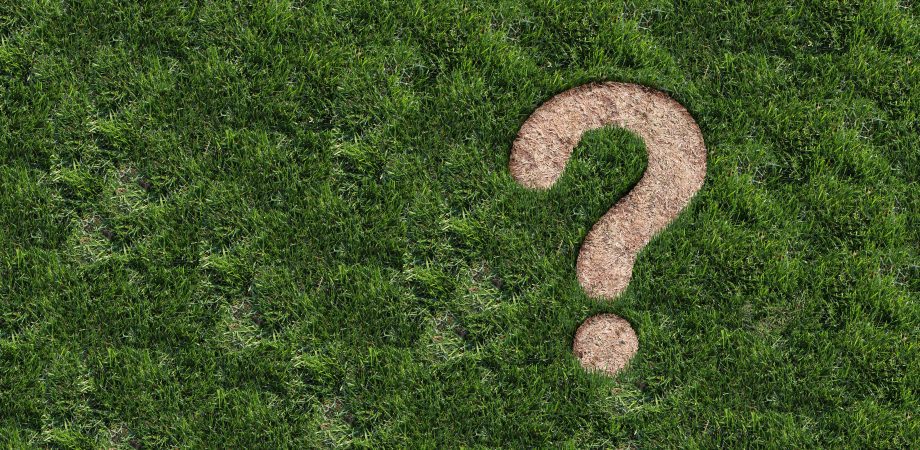Why Are Brown Spots in My Lawn: Thatch Buildup

There are a lot of things that can cause brown spots in your lawn, which makes it hard to get rid of the unsightly splotches. One cause that’s right under your feet is thatch buildup. There are several things that lead to a buildup of thatch in your lawn, resulting in unhealthy grass and brown patches.
Thatch is simply the layer between the grass blades and the soil, which consists of dead grass in the process of decomposing. The amount of dead plant material and the rate at which it decomposes ultimately determine how much thatch is in your lawn. Some amount of thatch is healthy because it insulates the soil from temperature and moisture extremes, but too much thatch exposes your lawn to a variety of risks that eventually lead to brown spots.
A buildup occurs when thatch accumulates more quickly than it decomposes. Overfertilization can cause thatch to build up more quickly than decomposers, like earthworms and tiny microorganisms, can keep up with. It’s also possible that there aren’t enough decomposers in the soil because it has an acidic pH level or is too compacted to support microbial growth. Finally, overusing insecticides can decrease the decomposer population by killing earthworms in the soil. When there’s more than half an inch of thatch in your lawn, you may start to notice damage from the buildup.
A thatch buildup can create brown spots in several ways. The first is when grass roots begin to grow in the thatch layer instead of the soil itself, so the grass can’t get the nutrients or oxygen it needs to stay healthy and green. It also runs the risk of being mowed too short because its roots are effectively higher in the lawn. Lawnmowers already tend to sink into thatch buildup and cut those areas too short, causing them to turn brown. Thatch buildup also encourages the growth of fungus and insects, while at the same time insulating the soil from the effectiveness of fungicides and insecticides.
There are several things you can do to reduce thatch in your lawn. A good starting point is a soil test, which will identify if you have acidic soil that can’t support microbial growth. From there, you may be able to fix the problem by balancing the soil pH with lime application. If that’s not an option, core aeration is another way to stimulate microbial growth by allowing air circulation in the soil.
A more aggressive way to correct thatch buildup is to physically remove thatch from your lawn. There are several tools that do this, including vertical mowers, power rakes, and simple manual rakes. Each of these works by loosening and removing some of the thatch, returning it to a healthy level in the lawn.

If you have brown spots in your lawn and see what looks to be thatch buildup, there’s a good chance that is the culprit. If your lawn’s thatch layer seems healthy, it could be one of a number of other problems causing the brown patches. Check back next week for another blog post addressing a different source of brown spots.







